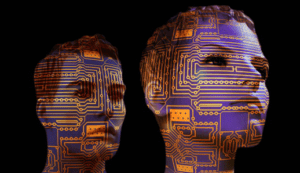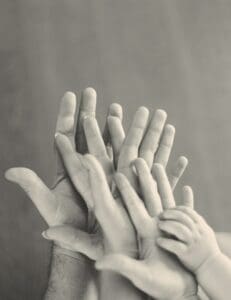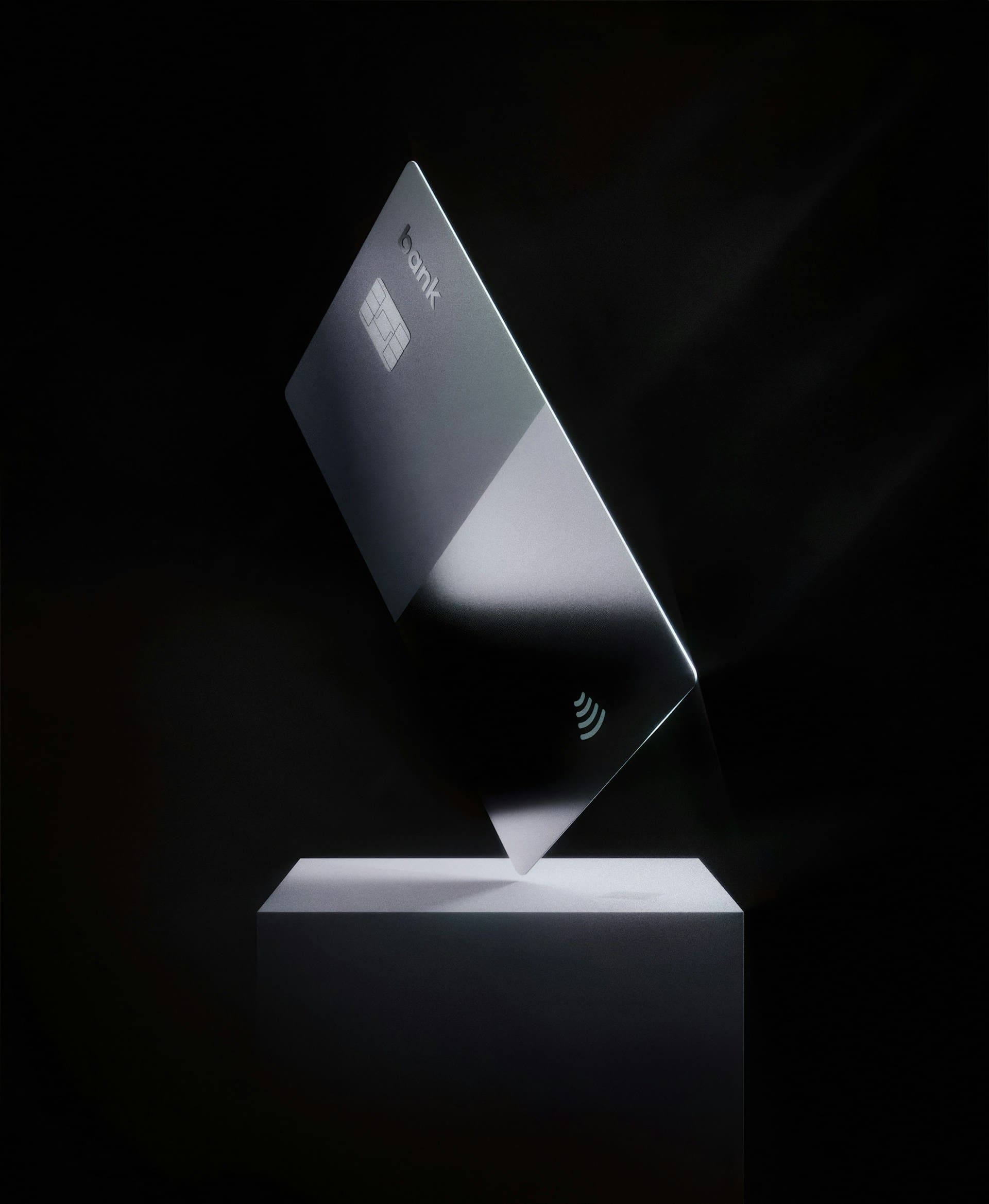By Dylan Matthews
In 2018, a remarkable experiment was launched called Baby’s First Years, studying young children in the US. The main question it asked was simple: What does giving $4,000 a year, unrestricted, to families with young kids do for them?
The first research from the experiment came out in 2022 and suggested that the cash might have led to more brain activity in infants whose families got more cash. That conclusion received a fair bit of criticism. Luckily, the babies, who were recruited by canvassing for low-income moms in hospital maternity wards, are now about 6 years old and we can measure a lot more than just their brainwaves.
So … what did the cash do? My read of the series of papers the experiment’s large group of authors have released so far is that it generally had the positive effects we expect extra cash to have. Parents getting the cash worked a little bit less, but not too much less. Their incomes (inclusive of the cash) were considerably higher. They spent more on goods for their kids.
In some ways, the more interesting findings in the papers are the nulls: the things that cash doesn’t do. It doesn’t make using child care any more or less likely, for instance. It doesn’t change breastfeeding rates. And (this is one that really surprised me) it doesn’t seem to reduce mothers’ stress levels.
There are some areas where we know a lot about what cash-giving does. This research is particularly informative on questions where we know less, and it offers a useful dose of humility. Cash is very helpful, but it’s not a miracle drug, and we should be clear-eyed about what it can and can’t do.
The big findings
Usually, when I talk to researchers about new papers of theirs, I have questions for them. When Lisa Gennetian, a professor of public policy at Duke and one of the lead researchers on Baby’s First Years, reached out a few weeks ago to talk about the experiment’s latest findings, she was calling with a question for me.
The researchers had a slew of interesting findings, she explained, but the picture those findings painted was messy and nuanced. How, Gennetian asked me, do we get that across, especially in an environment where simple messages like “this program worked” or “this program failed” are easier to spread?
I don’t know that I have a great answer to her question, but I’ll try my best to lay out the nuances she was highlighting.
The team had two main theories of how giving cash could help kids develop. The first is the investment pathway: Cash gives parents resources they can invest in spending that helps kids, like child care or books, and might let them spend more time with their kids, either by working fewer hours or using money to pay for time-consuming tasks (cooking, say) that detract from time with the kids.
The second was the stress pathway: There’s plenty of reason to think that poverty increases stress levels and that stress leads to worse decisions and home environments. If cash transfers reduced stress among parents, that might improve outcomes for kids in the long run.
The experiment so far has found a decent amount of evidence for the investment pathway. The researchers found that mothers receiving $333 a month ($4,000 per year) were as likely to work as mothers receiving $20 a month (the control group, given a nominal amount in part to ensure they replied to follow-up surveys). However, they reported working fewer hours, in particular during the pandemic. That means they might have had more time to spend with their kids.
Time spent on learning and enrichment activities with kids (like reading to them, telling stories, playing with building toys, playing pretend, etc.) was higher among moms getting more cash. That said, the absolute amount of the increase was not large — only 11.3 more minutes per week, compared to the control group, a 5.2 percent increase from the roughly three and a half hours per week baseline. Perhaps the most encouraging finding is that moms getting the bigger cash amount spent $67.80 more per month on child-specific purchases, like clothing, toys, books, and so on. Given that the high-cash group got $313 more per month than the low-cash group, that suggests that about one in five of the additional dollars was spent directly on kid-related stuff.
So cash lets people invest more time and money into their kids. What about stress? Here’s where the results get murkier. Mothers getting more money did not report being happier or more satisfied with their lives than mothers getting less. The results were insignificant and, often, the magnitudes were negative: The data shows the high-cash moms being ever-so-slightly less happy, not more. I know of relatively few studies of the effect of cash transfers on happiness in rich countries, but in poor countries giving cash seems to increase happiness a modest amount. The right takeaway there is “it had no effect” rather than “money makes people sadder,” but it’s still not the result you’d want to see if you’re worried about maternal stress.
An earlier paper examined the effects of the cash on self-reported stress and levels of cortisol, a hormone associated with stress, in mothers’ hair. There was no significant difference between moms getting a lot of cash and moms getting a little bit.
While cash transfers might help kids develop by letting their parents spend more time and money on them, the idea that it’s an effective stress-reducer is looking more dubious.
Cash as tool versus cash as panacea
I really tried to write this whole article without using the phrase “cash is not a panacea.” I hate it when journalists or researchers describe something as “not a panacea” or “not a cure-all.” Nothing is a cure-all! That’s a ridiculous standard to judge anything by! You wouldn’t condemn aspirin because it doesn’t destroy brain tumors.
Cash transfers have, over the past decade, gone from an underrated and simple policy tool to so hyped that some advocates are claiming that it cures things it absolutely does not cure. Take homelessness, for instance. The Denver Basic Income Project offered $1,000 a month for a year to one group of initially homeless residents of that city. A second group got the same total amount, but much of it as a big lump sum, and a third group got $50 a month for a year.
If big cash transfers reduced homelessness, we’d expect the first two groups to be more likely to have housing after a year than the third group. That wasn’t true: 43 percent of the $50 per month group was housed after 10 months, compared to 44 percent of the $1,000 per month group. The difference was minimal and not statistically significant. Nonetheless, the project was hailed as a huge success; Business Insider’s headline was, “Denver gave people experiencing homelessness $1,000 a month. A year later, nearly half of participants had housing.” That’s about the most misleading way I can imagine to write about a project that did not have a significant effect on the problem it was trying to solve.
Is the takeaway that homeless people don’t need cash assistance? Of course not — but learning that cash alone is not enough to get homeless people homes is valuable and important. The high share of all groups getting housing suggests that many were going through a temporary shock, like getting laid off or leaving a partner, but could eventually find shelter again once the shock passed. It might also suggest that the housing support services that all groups in the experiment received were useful, maybe more so than raw cash.
The point of these studies shouldn’t be to generate clickable headline results that show how great cash is. The point should be to detail what cash can and can’t do, and build better programs that take into account those limitations.
That’s the spirit with which we should take the findings on stress and maternal happiness in the Baby’s First Years study, too. Cash really seemed to help the moms in that study in important ways. They were less likely to be poor, and any effects on work were small. They spent more money and time on their kids. Addressing their mental health effectively might require different types of programs, like access to psychotherapy or more in-person social time to assuage loneliness. Cash can’t do everything — and what’s more, it shouldn’t have to.




















